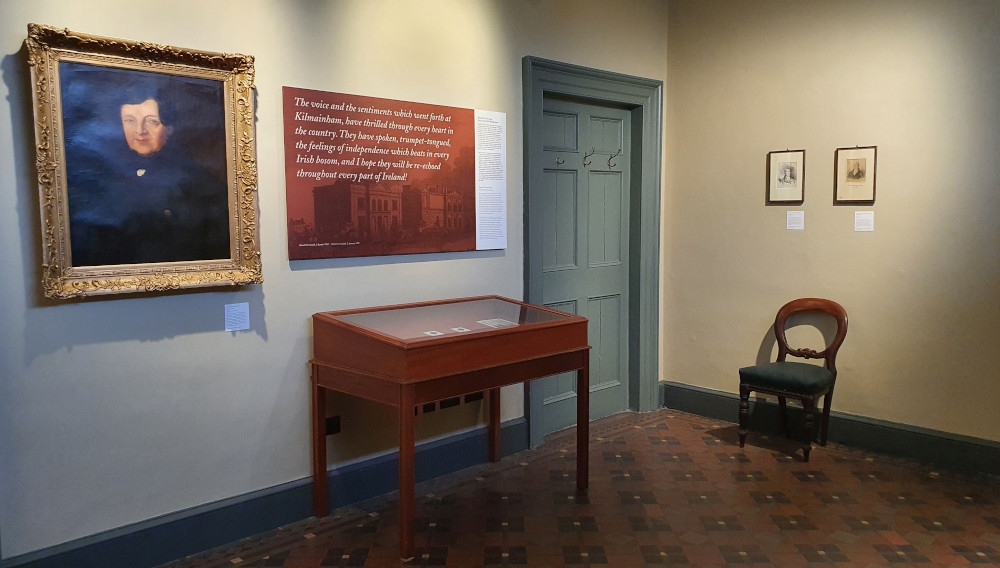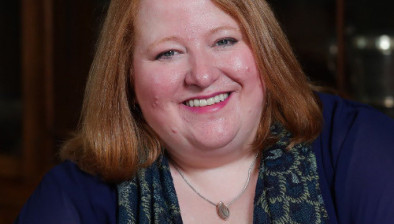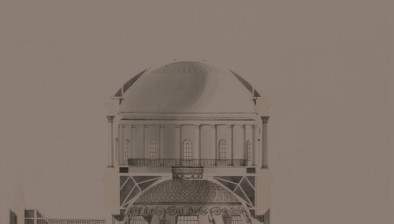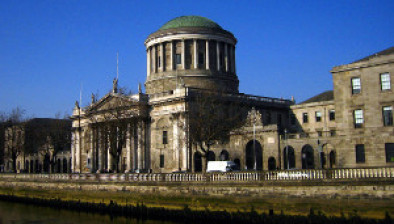Exhibition marks 200th anniversary of Kilmainham Courthouse revolt

A new exhibition has been launched by Kilmainham Gaol Museum to mark the 200th anniversary of one of the most dramatic events in the history of Kilmainham Courthouse.
On 30 December 1820, nationalist leader Daniel O’Connell led a revolt at a meeting of the freeholders of Co Dublin (the men who held sufficient property to be entitled to vote).
The meeting had been called by the King’s representative in the county, the High Sheriff Sir Richard Steele, who tried to force the freeholders to issue a loyal address to King George IV. The King was particularly unpopular at the time because of his attempt to divorce his wife, Queen Caroline.
O’Connell used the meeting as an opportunity to highlight what he saw as the dictatorial and repressive nature of the UK government’s administration of Ireland. He led a call for Valentine Brown Lawless, 2nd Lord Cloncurry, a long-standing critic of British rule in Ireland, to chair the meeting. Cloncurry had been imprisoned in his youth for his involvement in the United Irishman rebellion of 1798; another former member of the United Irishmen, Archibald Hamilton Rowan, was also present and played a leading role in disrupting the meeting.
When the High Sheriff saw that he was losing control of the proceedings, he responded by banning the meeting and ordered armed soldiers to clear the building. O’Connell re-assembled the meeting across the road from the courthouse, and they issued an address to George IV in which they condemned his treatment of the Queen and called his attention to the “multiplied distress and aggravated miseries of your faithful people of Ireland, since the measure of the Union”.
Three days later, O’Connell said: “The voice and the sentiments which went forth at Kilmainham, have thrilled through every heart in the country. They have spoken, trumpet-tongued, the feelings of independence which beats in every Irish bosom, and I hope they will be re-echoed throughout every part of Ireland!”
O’Connell’s disruption of this meeting was part of his wider strategy in the 1810s and 1820s to challenge the British administration at every opportunity and demand reform. This campaign of agitation culminated in the achievement of Catholic Emancipation in 1829.
To mark the bi-centenary of this event, Kilmainham Gaol Museum – which is currently closed to the public – has mounted a special display in the courthouse, which features a recently conserved portrait of Daniel O’Connell.
It is joined by portraits of Lord Cloncurry and Archibald Hamilton Rowan. Both of these pictures have been lent to the Museum by Áras an Uachtaráin and the Office of the President specially for the exhibition.










